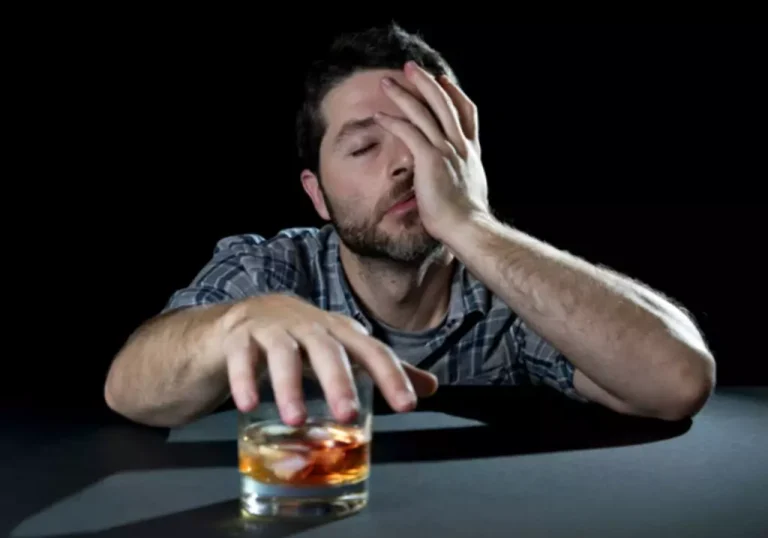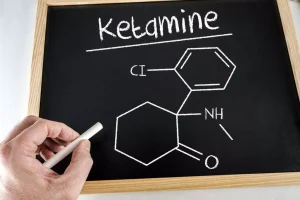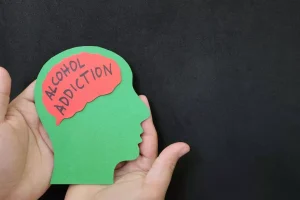
The good news is that within a year of stopping drinking, most cognitive damage can be reversed or improved. This activity provides 0.75 CME/CE credits for physicians, physician assistants, nurses, pharmacists, and psychologists, as well as other healthcare professionals whose licensing boards accept APA or AMA credits. Unfortunately, some diseases can disturb the brain’s delicate balance of dopamine.
The Dopamine System in Mediating Alcohol Effects in Humans
Indeed, a major role for nAChRs on dopamine terminals in regulating dopamine release has been demonstrated in rodents [53,54,55,56,57]. This disynaptic mechanism involves acetylcholine released from cholinergic interneurons activating nAChRs on dopamine axons to induce dopamine release. Thus, any changes to cholinergic signaling in striatum might also influence changes in dopamine release. Indeed, a recent study examining optogenetically evoked dopamine release in mice found no change in dopamine release in the NAc core and medial shell following chronic alcohol treatment, suggesting that the chronic alcohol effect may be due to mechanisms upstream of the dopamine terminal [58]. However, we found no significant differences in the cholinergic contribution to dopamine release between multiple abstinence and control males in Cohort 3 but we did find a trend toward reduced cholinergic driven dopamine release in the putamen of alcohol-consuming subjects.
About the Author
- The study concludes by stating that their data does not support a role of serotonergic polymorphisms in AD.
- Studies of opiate-conditioned place preferences adds to the evidence that opiates are habit-forming—place-preferences address the first element of search-habits, the locomotion to the place where drugs are available—and that their habit-forming effects are blocked by dopamine antagonists [106, 107].
- A block containing the caudate and putamen was microdissected from the left hemisphere and sectioned with a VT1200S (Leica, Buffalo Grove, IL) in a sucrose cutting solution aerated with 95% O2/5% CO2 (see Supplementary Materials for composition).
Alcohol acts presynaptically at the GABA neuron,, increasing GABA release and postsynaptically enhancing GABA receptor action. Dopamine is a neurotransmitter primarily involved in a circuit called the mesolimbic system, which projects from the brain’s ventral tegmental area to the nucleus accumbens. This circuit affects incentive motivation, i.e., how an organism reacts to incentive changes in the environment. It has been around for thousands of years and has been known for its many stimulating and mind altering effects.

The effects of adolescent alcohol exposure on learning and related neurobiology in humans and rodents
All procedures were conducted in accordance with the NIH Guide for the Care and Use of Laboratory Animals and approved by the Oregon National Primate Research Center Institutional Animal Care and Use Committee. As anyone who’s consumed alcohol knows, ethanol can directly influence brain function. Ethanol is classified as a “depressant” because https://ecosoberhouse.com/ it has a generally slowing effect on brain activity through activation of γ-aminobutyric acid (GABA) pathways. The human genome encodes 13 different 5-HT GPCRs (HTR1A, HTR1B, HTR1D, HTR1E, HTR1F, HTR2A, HTR2B, HTR2C, HTR4, HTR5A, HTR5BP, HTR6, HTR7). (a) GABA receptors are classified as either ionotropic (GABAA/C) or metabotropic (GABAB).
Naltrexone is an opiate-receptor antagonist and has been shown to limit cravings by reducing the positive reinforcement effect of alcohol consumption. This polymorphism has therefore appropriately been named as serotonin intron 2 (STin2). These alleles are of 9 base pair repeats, 10 base pair repeats as well as 12 base pair repeats. The 9 base pair repeat is extremely rare and in statistical studies, often clubbed with the 10 base pair repeat. In the dopaminergic pathway, one such gene is a dopamine receptor D2 (DRD2) which codes for a receptor of dopamine.
- This feel-good hormone can motivate you to seek out pleasurable experiences, so being aware of your behaviors can help you recognize signs that you might be developing an problem.
- Furthermore, FSCV allows for the study of dopamine uptake using Michaelis–Menten based kinetic modeling of uptake parameters, allowing researchers to assess dopamine transporter function.
- Acetaldehyde is a highly reactive compound that reacts with several catecholamines (i.e. dopamine and serotonin) in the brain.
- Motivational arousal increases during need states and its level determines the responsiveness of the animal to established predictive stimuli.
This review paper aims to consolidate and to summarize some of the recent papers which have been published in this regard. The review paper will give an overview of the neurobiology of alcohol addiction, followed by detailed reviews of some alcohol and dopamine of the recent papers published in the context of the genetics of alcohol addiction. Furthermore, the author hopes that the present text will be found useful to novices and experts alike in the field of neurotransmitters in alcoholism.
In this context, the different dopaminergic changes in actively drinking versus repeated abstinence males are intriguing. Given our findings showing differences in dopamine release, it might be assumed that these effects are attributable to changes in presynaptic dopamine terminals. It should be noted, however, that our study utilized electrical stimulation to induce dopamine release. This stimulation method is nonspecific and activates all axons and neurons near the stimulus electrode, including cholinergic interneurons. Thus, it is possible that electrically stimulated dopamine release could be due to several effectors beyond depolarization of the dopamine terminal.
- At times, though, we can get too focused on it or on specific activities that feel pleasurable to us.
- But unlike most food products, in the last century, alcohol has been wrapped up in nearly perpetual controversy over its moral effects and health implications.
- Voltage-gated calcium channels (VGCCs) are voltage sensitive ion channels embedded in the membrane of excitable cells that regulate the rapid entry of Ca2+ during depolarization.
- The study further found that men exhibit a greater release of dopamine when they drink than women.
Targeting the intracellular signaling ‘STOP’ and ‘GO’ pathways for the treatment of alcohol use disorders
- Male and female rhesus macaques (Macaca mulatta; 5.5–8.5 years old at study onset) obtained from the Oregon National Primate Research Center were used in the current studies.
- In this post, we’ll explore the current science and some practical ideas on how to approach the topic.
- While AB is difficult to model in rodents, much is known about Pavlovian conditioned responses to reward-predictive cues.
- As proof-of-principle candidates, both Rdl and Gad1, the glutamic acid decarboxylase 1 enzyme required for GABA synthesis, were used to showcase conditional null targeting.
The study by[42] found conflicting results for male and female subjects, with female subjects showing AD only on the basis of alcohol disorder.[44] In their study of alcohol-dependence in Polish population reported negative association between Taq1A allele and AD. Underlying the brain changes and neuroadaptations are the reward and stress circuits of the brain. A neural circuit comprises of a series of neurons which send electro chemical signals to one another. An activated neuron sends chemical signaling molecules called neurotransmitters through the neural circuit which bind to specific molecules called the receptors. Depending upon the circuit involved, the binding of these neurotransmitters may cause excitatory or inhibitory signals to be passed further along the circuit.
Level 3: Alcohol’s effects on transcriptional activity
Alcohol reduces glutamate levels in the nucleus accumbens and suppresses glutamate-mediated signal transmission in the central nucleus of the amygdala. A broad consensus does exist as to the involvement of various neurotransmitter pathways, but defining the precise causative alleles or groups of alleles in the genes of the particular neurotransmitter pathways involved in alcoholism is a challenge to be overcome in the coming years. Likewise, in the study carried out by[59] which aimed at understanding the role of 5’-HTTLPR polymorphism with risky alcohol use in adolescence, there was no correlation with drinking to cope motives and the 5’-HTTLPR polymorphism.


The carriers of one L (long) allele showed a significantly higher availability of SERT in the striatum compared with non-L carriers. The study concludes by stating that pure alcoholics may have lower SERT availability in the midbrain and that the 5’-HTTLPR polymorphism may influence SERT availability in patients with anxiety, depression and AD. It affects several neurological pathways and causes significant changes in the brain.